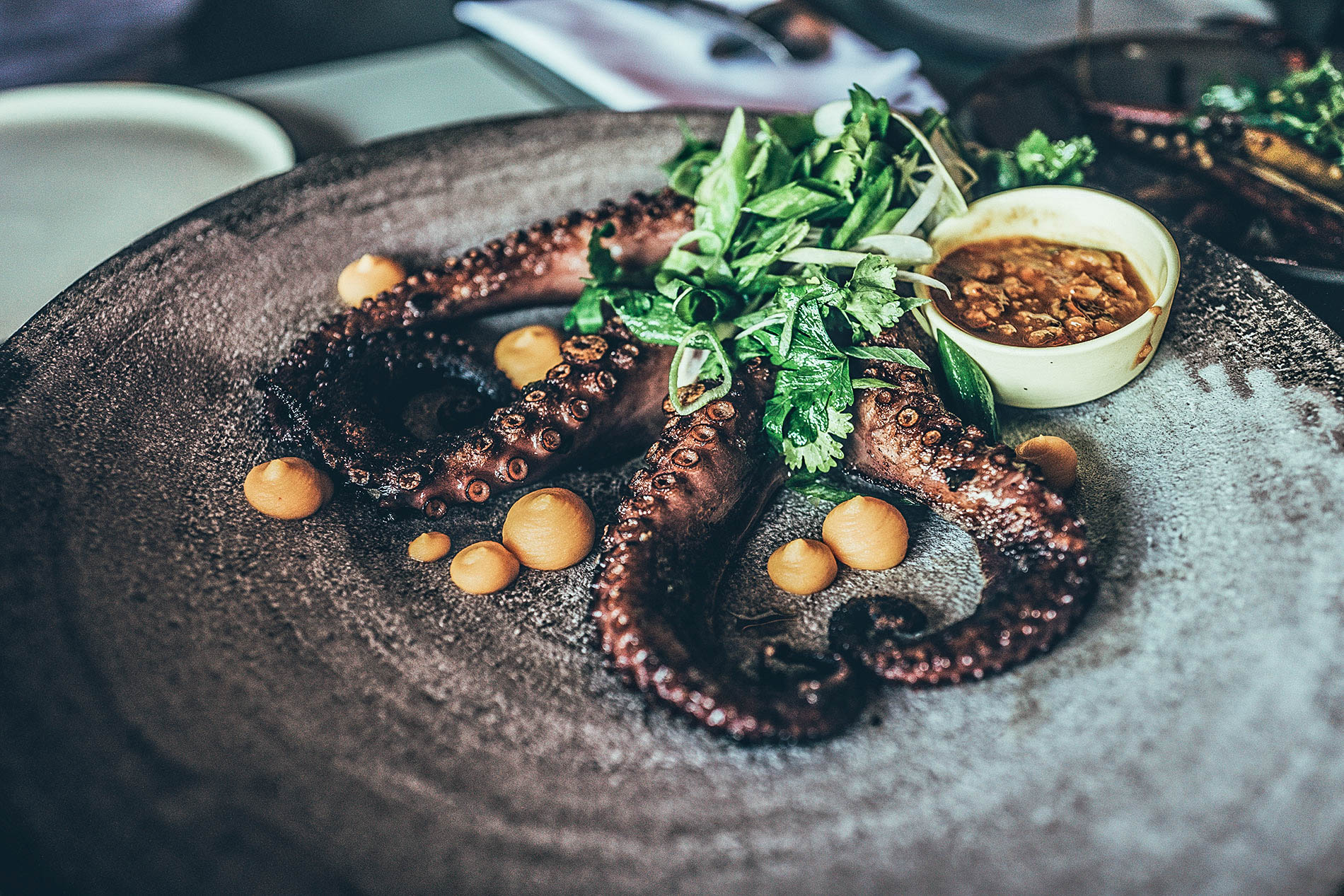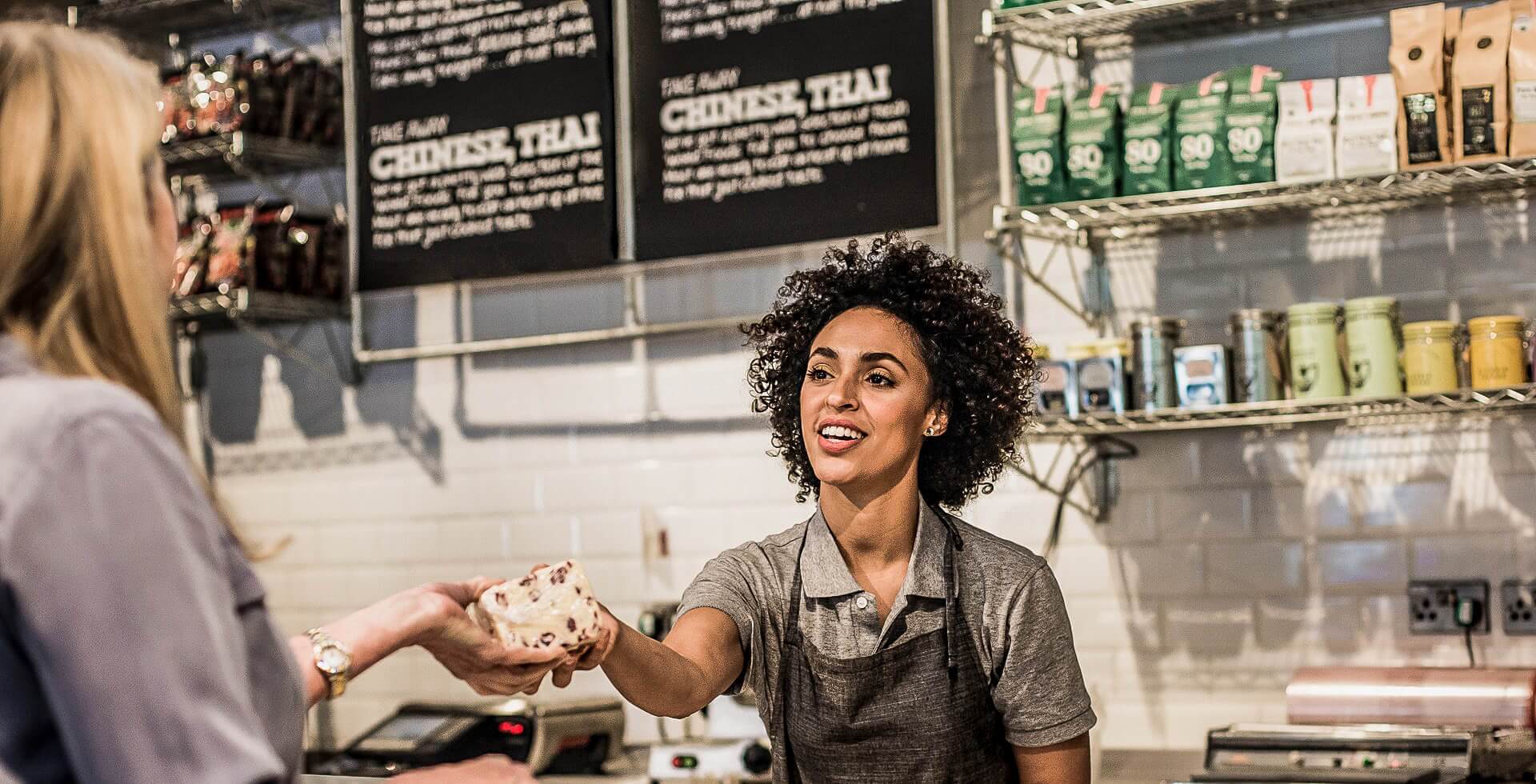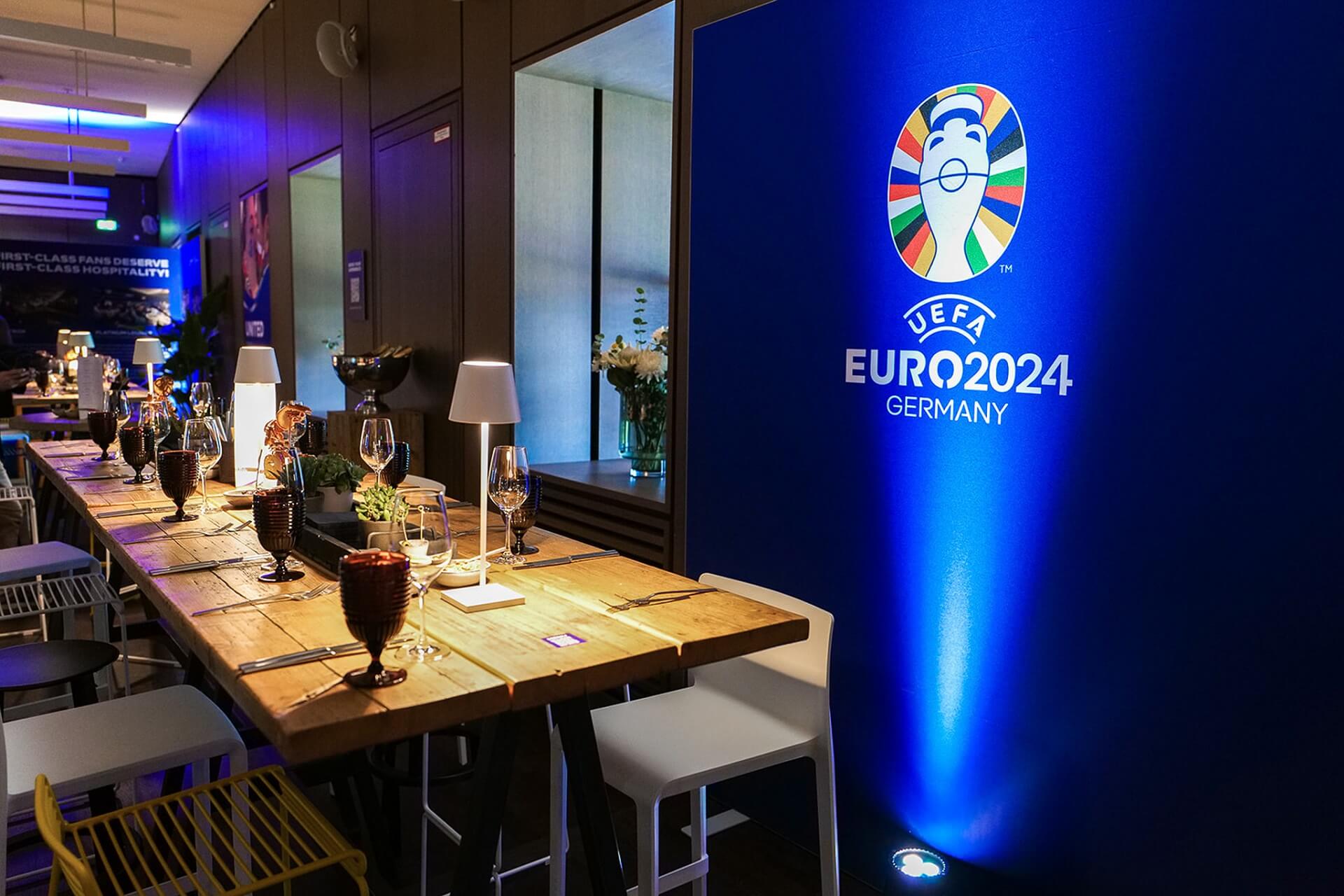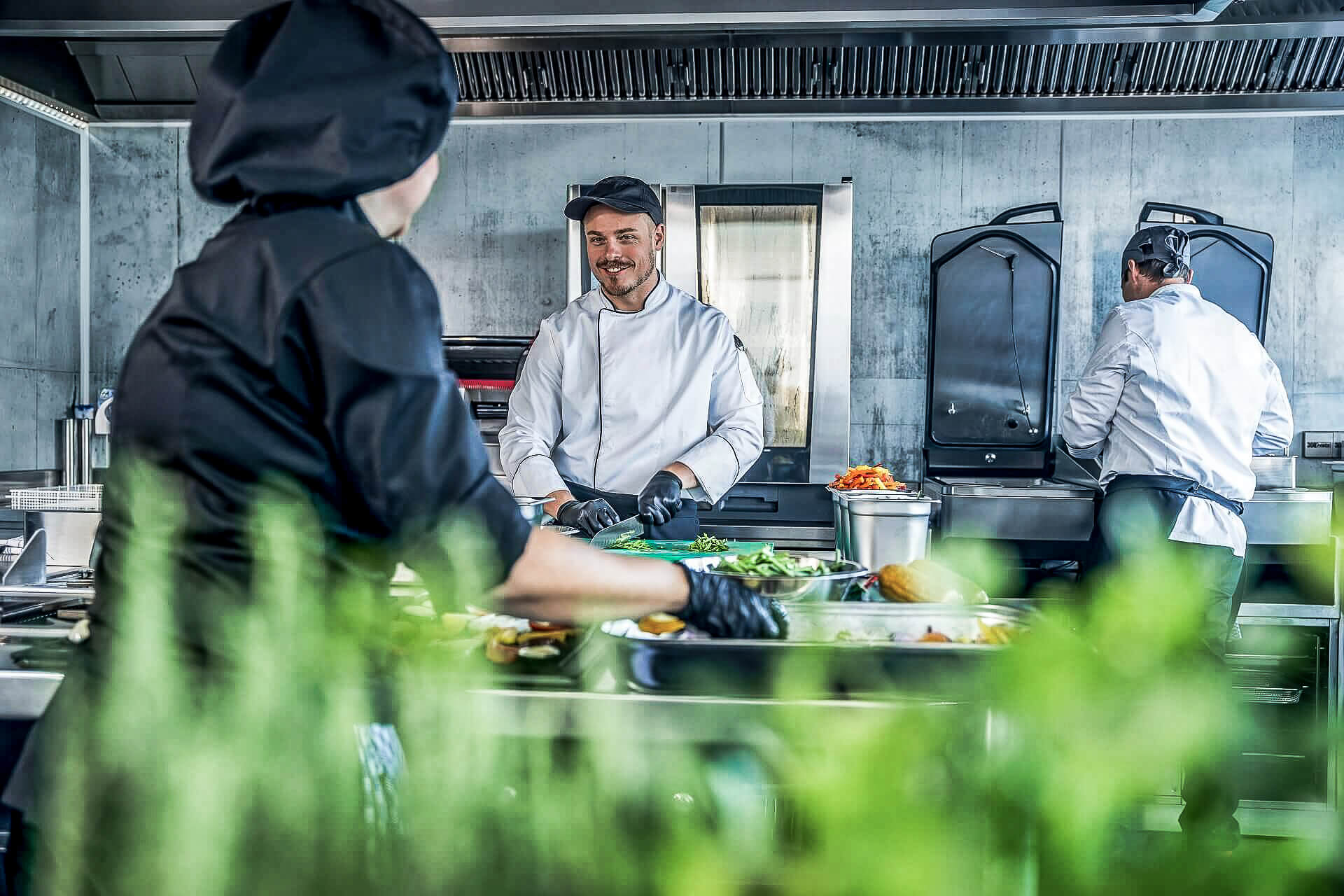What’s hot in concepts
Stairs Bar in Berlin has developed a product cycle for its drinks that allows it to use as many parts of each ingredient as possible, sometimes even across multiple stages. Trash is equally taboo at Isla Coffee, another Berlin locale – they turn coffee grounds into coffee cups, and make yogurt out of leftover milk. At places like these, leftover food isn’t waste, it’s the first step of a different process.
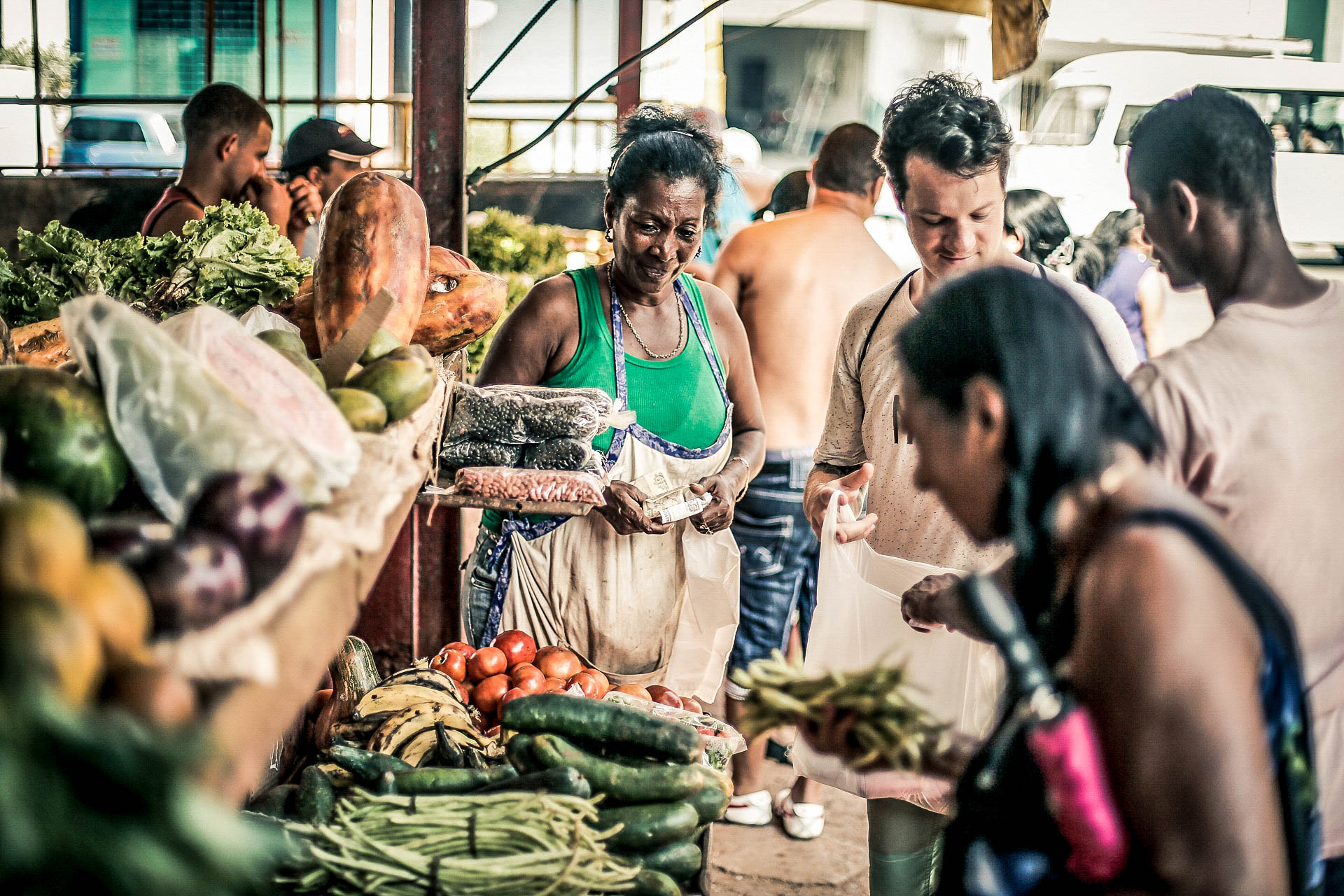
Test and collect new recipes while traveling / Image: Salt & Silver
That’s not just a sustainable mindset, it’s also economically sound: at Isla, for example, the money they save on ingredients means they’re able to hire an extra person. Apart from being sustainable, today’s cutting-edge restaurants are about benefiting society. Überquell in Hamburg and Tisk Speisekneipe in Berlin, for example, have moved into “rougher” areas in their respective cities, and emphasize cultivating neighborly relationships with socially marginalized groups.
Many of today’s most successful restaurants are authentic, international concepts from other countries. Indian and South American cuisine are reliably popular, and now Israeli food is another rising star. Diners in an ever-growing number of cities are enjoying Haya Molcho’s chain, Neni. The Ardinast brothers, meanwhile, are keeping things as individual as ever: Bar Shuka, their new place in Frankfurt, serves “Nouvelle Tel Aviv cuisine” blending Israeli, Arabic, and German flavors. Salt & Silver, on the other hand, draws on the entire world as inspiration; the owners personally test and collect new recipes on their travels, and then present a new menu each year at their Hamburg location.
Another trend we can expect to see more of is multichannel gastronomy – places that combine full-service restaurants, meals to go, delivery services and specialty retail. Mobility remains another huge topic, so quick snacks are still all the rage. As ever, restaurants’ primary competition comes from food festivals and indoor markets with their trend-setting selections – not to mention their bonus “event” effect – so get out there (or in there) and start peddling your own delicious wares! (It’s also a great way to find new customers for a fixed-location establishment.)
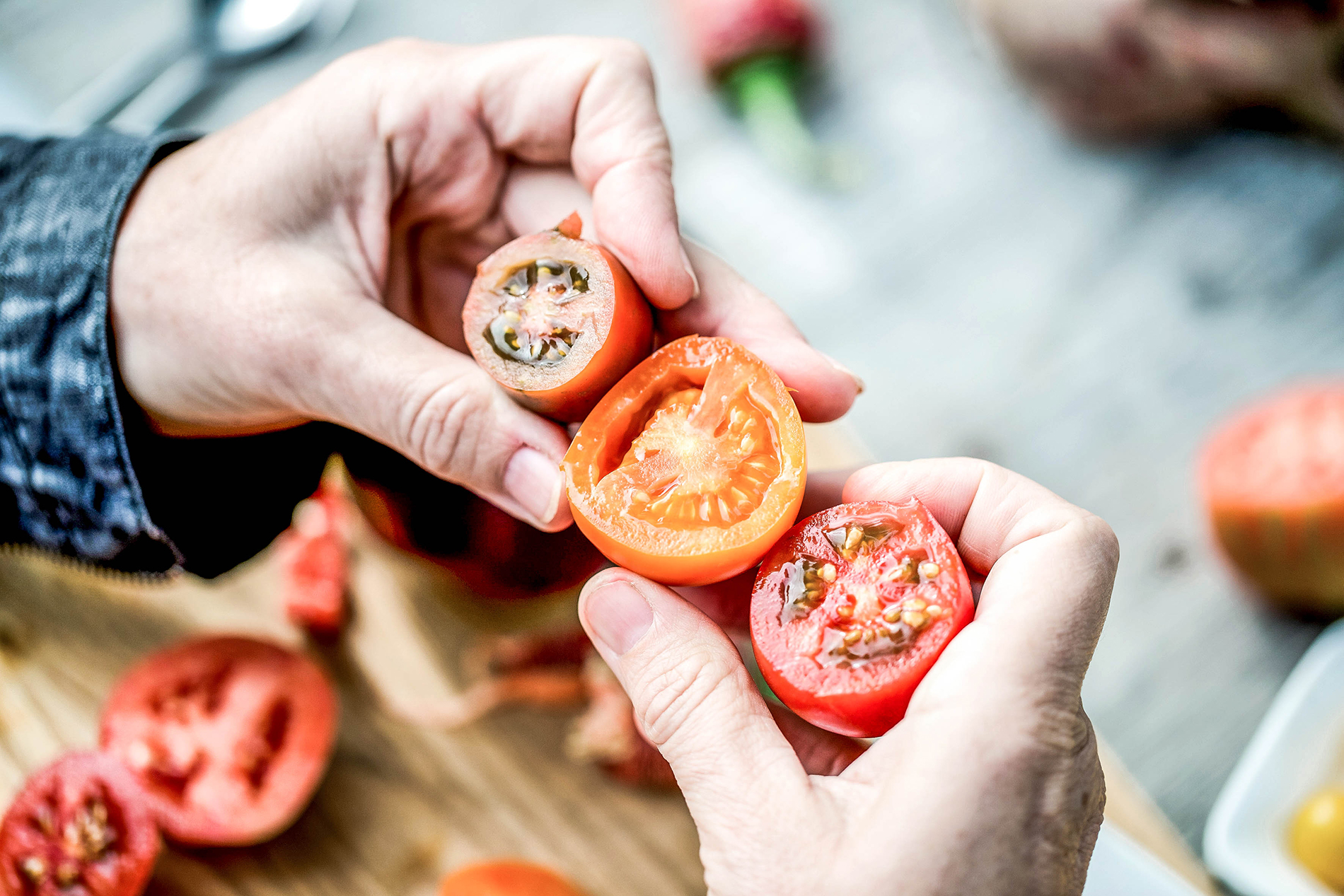
Health megatrend | Image: Nicole Heiling
Behind the scenes, training tools and customer loyalty programs are on the rise, as are digital applications such as voice assistants, geo-trackers, and new forms of payment. Over the next few years, we can expect to see all kinds of new options in that regard. But regardless of whether they’re genuine improvements or just gimmickry, anything that provides added value to customers – as in, makes life easier or more pleasant for them – is worth using.
That’s hot in… FOOD
Our food culture is in the middle of a radical transformation. Once-rigid boundaries are dissolving; old nutrition ideas are being replaced. The individualization of society is marching onward, and so is the diversification of the culinary landscape. In short, it’s a challenging but exciting time to be in the food and hospitality industry. As Hanni Rützler says in her 2019 Food Report, today’s restaurants can’t simply offer a huge range of options – they have to “curate their selection and provide inspiration”. Today’s customers want and expect dining choices that are tailored to their individual needs and fit with their personal and professional circumstances.
The Health megatrend is creating the biggest waves on that front. Everyone used to say “you are what you eat,” but nowadays most people define themselves by what they don’t eat. And for more and more of them, the thing they’re eating less and less of is meat, which is why Rützler identified plant-based food as one of the biggest modern food trends. Non-animal foods are starting to take center stage, and what’s really interesting about this trend is that the new meat-free main dishes aren’t even trying to imitate animal products – this trend is all about fitness, health, and celebrating the way plants naturally taste. To see just how far this movement has progressed, look no further than a modern German brewery like the Johann Schäfer, where they serve up vegetarian or vegan main dishes (smoked or baked veggies, for example) that are every bit as hearty and flavorful as the meat options. This new generation of gastro-pub dining caters to multiple food trends: for one, it caters’ to customers’ desire for fresh, natural-tasting food; for another, it meets their ethical standards in terms of sustainability and resource efficiency. Today’s diners want good-tasting, healthy dishes that don’t smack of “forbidden pleasures”; Hanni Rützler’s current Food Report describes this trend as healthy hedonism.
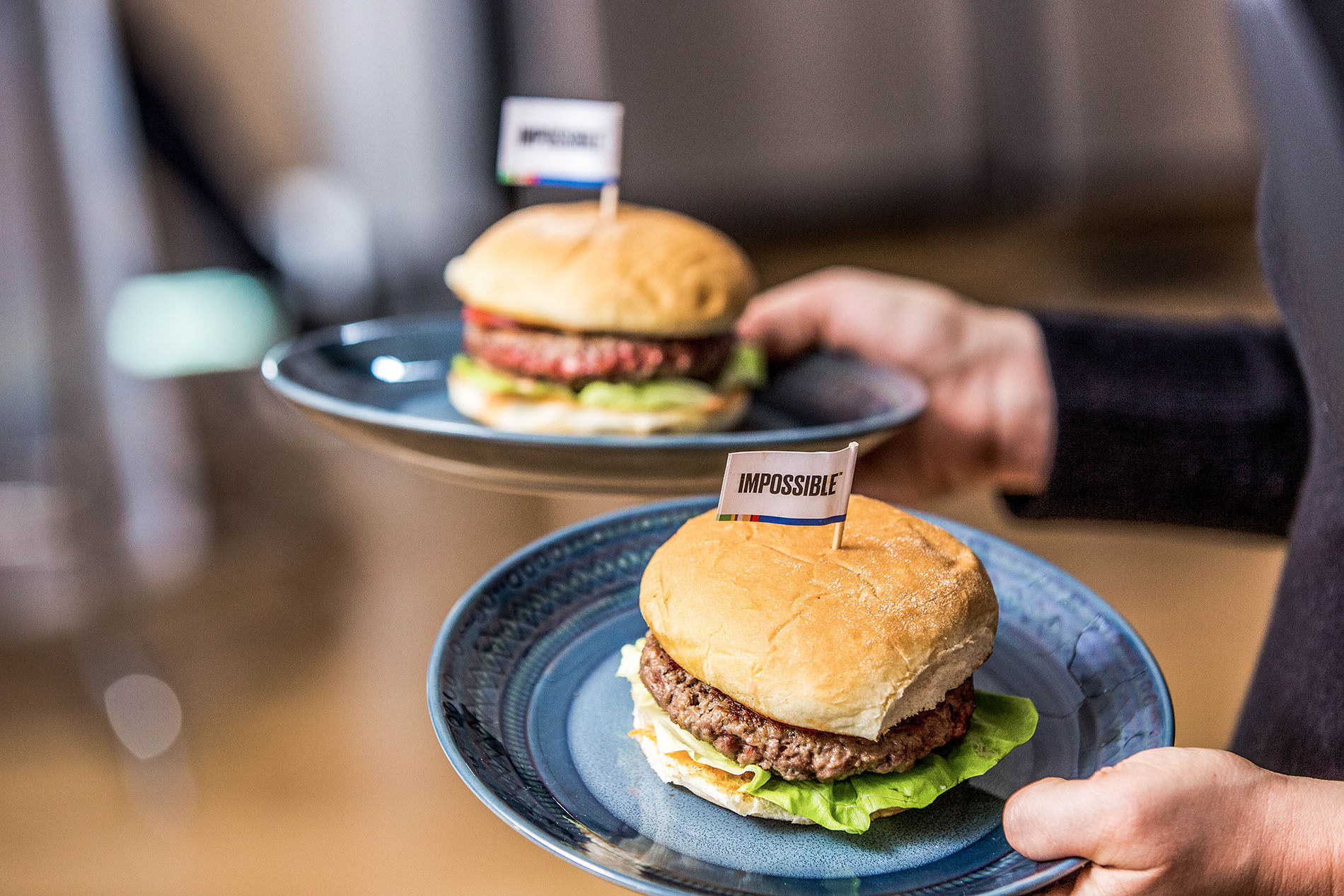
Plant based burger | Image: Impossible Foods
One clear nod to this new emphasis on healthy-and-enjoyable is bowl food, particularly in its Hawaiian form, the poke bowl, as served (for example) at Maui Poke Guys in Hamburg. Poke features marinated raw fish, tofu, or chicken along with rice, greens, and exotic sauces, all served together in a chic little bowl. It’s a hip fusion of Japanese and Hawaiian cuisine, and it ticks a lot of boxes at once: healthy? Check. Fresh? Check. Different? Check. Instagrammable? Absolutely!
Beetnut in Switzerland looks for bowl ingredients that are vegan-friendly, fresh, and organic, and also puts a lot of emphasis on nutritional balance – especially when it comes to plant-based proteins, customizable building blocks that may yet ring in a new era of “functional food”.
The protein boom has also helped eggs make a bit of a comeback; inspired by similar places in London, a team of Berlin-based foodies has recently opened “Eggkneipe”, the city’s first deli devoted to egg dishes. Egg rolls, egg-and-cheese sandwiches, egg burgers… even eggs in mustard sauce, a traditional German dish. It’s a niche approach, but a seemingly promising one.
What about burgers, the perennial favorite? Burgers are to the food world what gin is to the spirits scene: the market is completely oversaturated, yet they never seem to get any less popular. To find their way through the burger jungle, some places have taken the path of maximum quality – see also the dry-aged burgers at Kumpel & Keule in Berlin. Others have gone the diversification route, which in burger talk often means ethnic influences, from Asian burgers (Bun Bao Burger, Berlin) to Middle Eastern lamb patties with soft cheese and olives (Bull’s Kitchen, Hanover). Enjoyment guaranteed.


